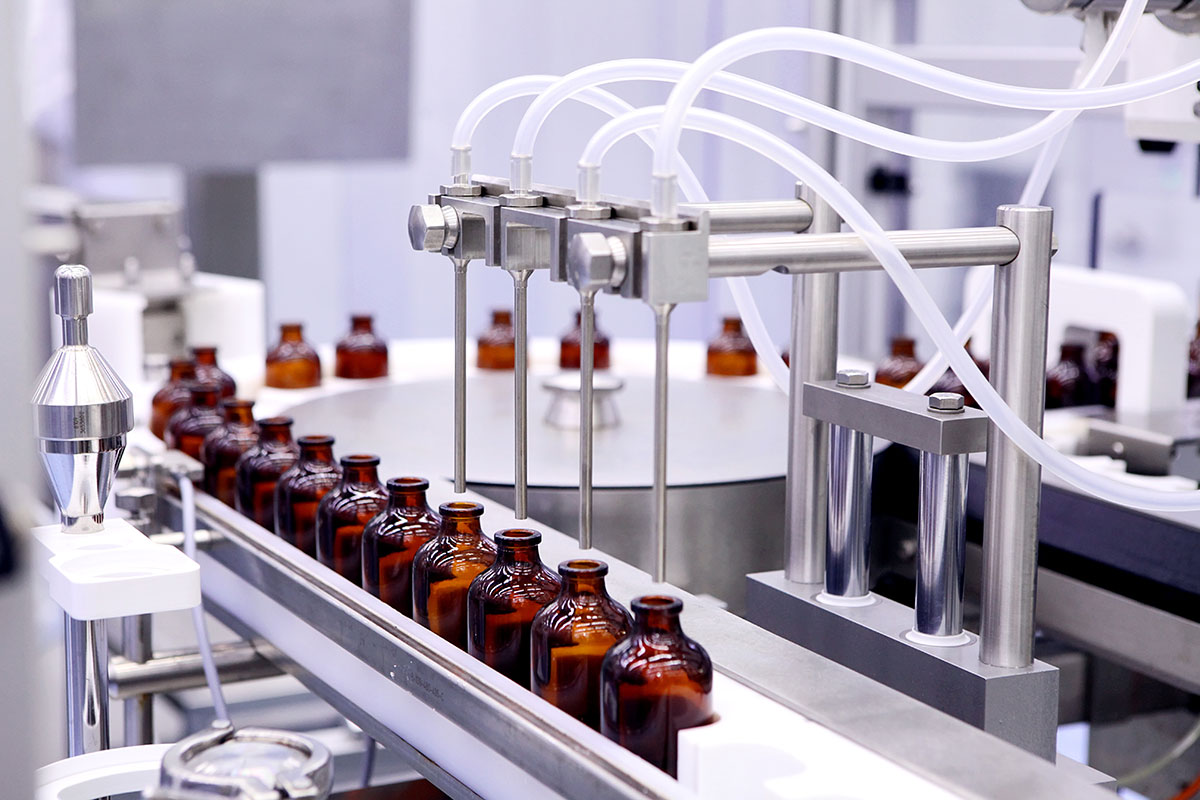
Nov 5, 2024
Blog Life Sciences The Growing Market for Active Pharmaceutical Ingredients (APIs): Trends, Challenges, and Opportunities
The active pharmaceutical ingredient (API) market is a vital segment of the global healthcare industry, responsible for the development and manufacture of the core components that give drugs their therapeutic effects. APIs are the primary substances that provide the intended effects in medications, making them essential for treating a wide range of health conditions. In recent years, the API market has experienced substantial growth, driven by increased healthcare needs, advancements in pharmaceutical technology, and changing regulatory environments. Here’s an overview of the trends, challenges, and opportunities shaping this dynamic market.
The API market consists of two main types: innovative (or branded) APIs and generic APIs. Branded APIs are associated with patented drugs, developed by companies investing heavily in research and development to bring new therapeutic options to market. Generic APIs, on the other hand, become available when a branded drug’s patent expires, allowing other manufacturers to produce bioequivalent drugs. This distinction is essential, as each segment operates under different market dynamics, pricing structures, and regulatory conditions.
APIs can be further classified based on their manufacturing source, such as synthetic APIs (chemical-based), biotech APIs (biological, often made using living cells), and natural APIs (derived from plants or animals). Each type has unique manufacturing processes, standards, and regulations.
Several factors are fueling the expansion of the API market:
The global market for active pharmaceutical ingredients (APIs) is estimated to increase from $247.8 billion in 2023 to reach $347.9 billion by 2029, at a compound annual growth rate (CAGR) of 5.9% from 2024 through 2029.
The API market is complex and faces several challenges:
Despite these challenges, the API market presents significant opportunities:
Geographically, Asia-Pacific is the dominant player in the API market, particularly China and India, which have become the world’s largest producers of generic APIs. However, North America and Europe are also significant markets, with a stronger emphasis on high-quality, branded, and biotech APIs. Regulatory standards in these regions are typically more stringent, creating barriers to entry but also encouraging innovation and high-quality production standards.
Looking ahead, the API market is poised for continued growth According to BCC Research The global market for active pharmaceutical ingredients (APIs) is estimated to increase from $247.8 billion in 2023 to reach $347.9 billion by 2029, at a compound annual growth rate (CAGR) of 5.9% from 2024 through 2029. Key drivers will include the expansion of the global pharmaceutical industry, technological advancements in API manufacturing, and increased focus on biopharmaceuticals. As companies adapt to challenges, including regulatory compliance, supply chain resilience, and environmental sustainability, the API market will likely become more diverse and innovative.
The future of the API market will also depend on how well it can address emerging healthcare needs, navigate regulatory shifts, and capitalize on new manufacturing technologies. For companies that can successfully innovate and adapt, the API market offers exciting opportunities for growth and impact in the pharmaceutical landscape.
The active pharmaceutical ingredient market is at an exciting juncture, with significant growth prospects driven by global health needs, demographic trends, and technological advancements. While challenges remain, particularly around regulatory compliance and supply chain management, the opportunities for innovation and market expansion are robust. As the demand for high-quality, affordable medicines continues to rise, API manufacturers are well-positioned to play a crucial role in meeting global healthcare demands. The path forward requires strategic investments in R&D, sustainability, and local production capabilities to secure a stable and prosperous future for the API industry.
Consider becoming a member of the BCC Research library and gain access to our full catalog of market research reports in your industry. Not seeing what you are looking for? We offer custom solutions too, including our new product line: Custom Intelligence Services.
Contact us today to find out more.

I am Adarsh Rawat and I have a degree in BBA from Jamia Milia Islamia, I have honed a diverse skill set that spans digital marketing, traditional advertising, brand management, and market research. My journey in marketing has been characterized by a commitment to innovation and an ability to adapt to emerging trends.
In today’s fast-paced biomedical world, researchers and pharmaceutical companies...

Radiopharmaceuticals represent a cutting-edge frontier in modern medicine, offer...

Implantable Remote Patient Monitoring (IRPM) devices are revolutionizing healthc...

We are your trusted research partner, providing actionable insights and custom consulting across life sciences, advanced materials, and technology. Allow BCC Research to nurture your smartest business decisions today, tomorrow, and beyond.
Contact UsBCC Research provides objective, unbiased measurement and assessment of market opportunities with detailed market research reports. Our experienced industry analysts assess growth opportunities, market sizing, technologies, applications, supply chains and companies with the singular goal of helping you make informed business decisions, free of noise and hype.